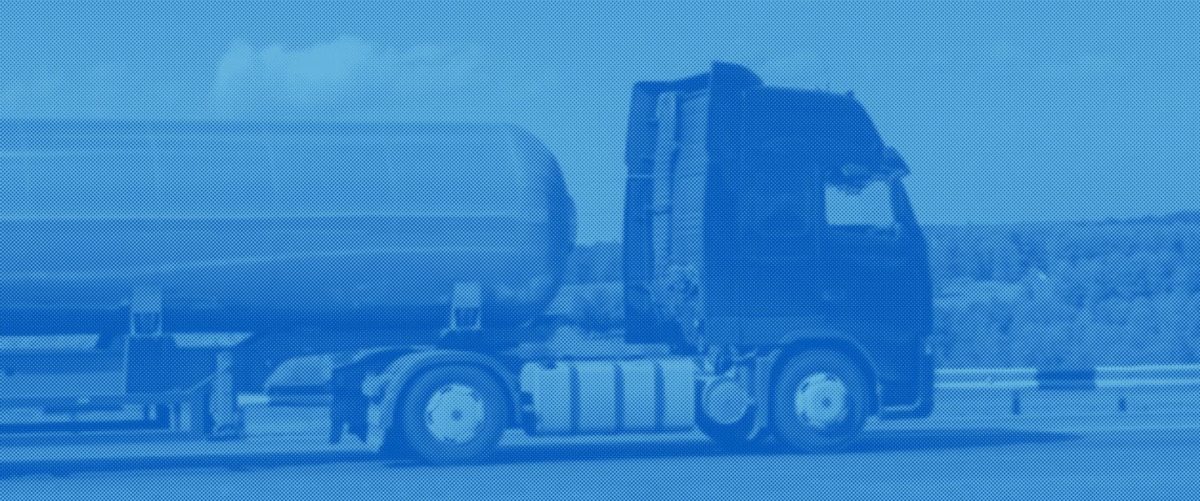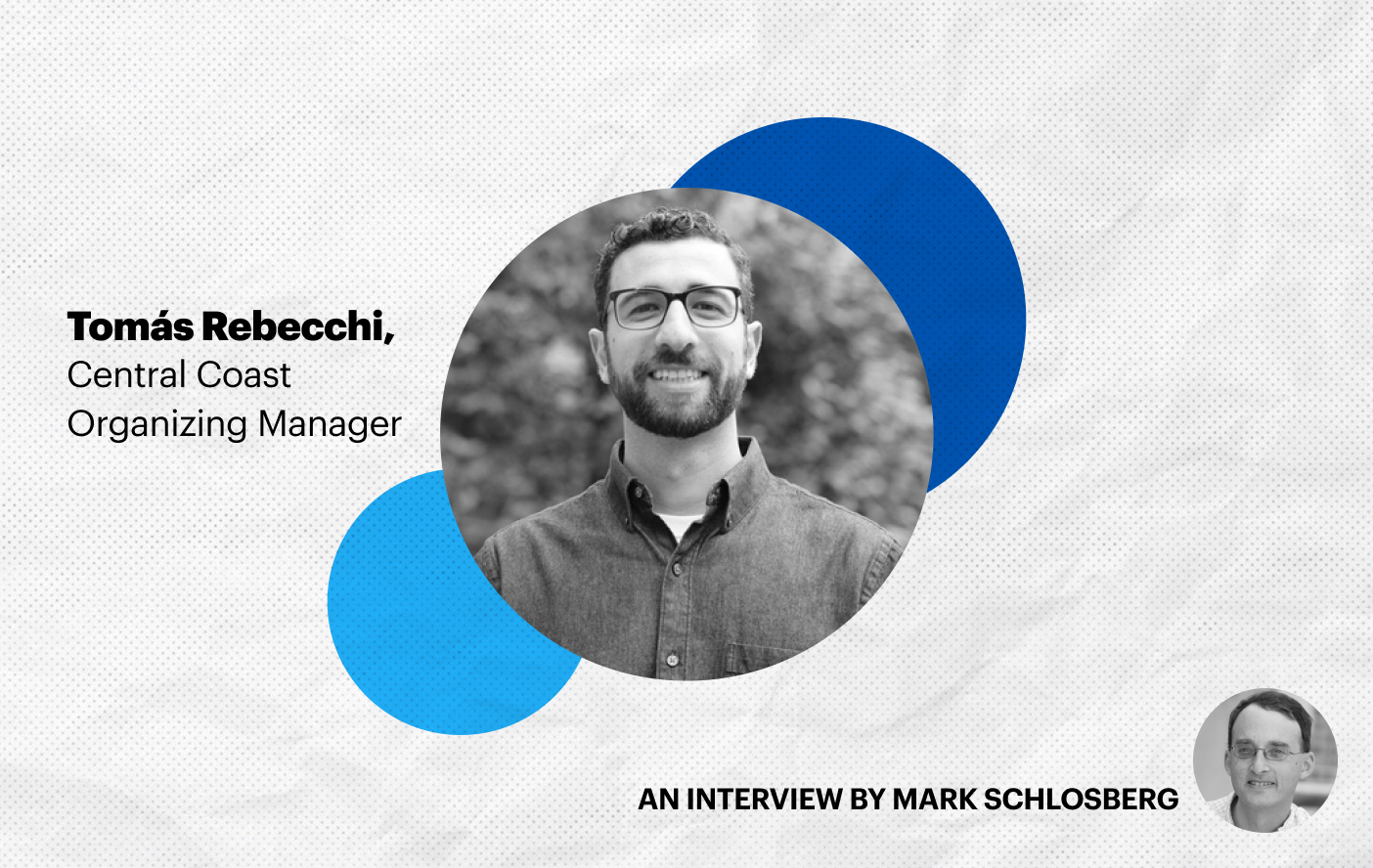Victory in Santa Barbara, Eight Years In the Making
Published May 24, 2022

An Exxonmobil trucking proposal is blocked after years of organizing. Our Tomás Rebecchi discusses how it happened.
by Mark Schlosberg
In March the Santa Barbara Board of Supervisors voted to block a massive Exxonmobil trucking proposal on a 3-2 vote. The proposal would have resulted in the reopening of three offshore drilling platforms, which have been closed since 2015. This major win represents a shifted political dynamic in a county Food & Water Watch has worked in for the past eight years.
Food & Water Watch’s Mark Schlosberg sat down with Tomás Rebecchi, Central Coast Organizing Manager, to chat about the win. They discussed why this is major, how the county changed its approach to oil and gas since FWW first got involved and what’s up next.

Growing a Movement to Ban Fracking and Stop Onshore Drilling in Santa Barbara County
Mark: In 2014, Food & Water Watch started getting involved in the county. What was work on oil and gas issues like before then, and what did we bring to the fight to move off fossil fuels?
Tomás: There’s always been onshore and offshore oil extraction in Santa Barbara and for the longest time, most of the effort was focused on stopping offshore drilling, especially since the major oil spill in 1969, which is viewed as the birthplace of the environmental movement. There was less focus on onshore drilling, which was going on in the northern parts of the county. These are areas with farmland and with significant communities of color. Food & Water Watch helped focus attention on these onshore issues and worked with our partners to build a strong coalition focusing on onshore drilling. We also brought attention to fracking and cyclic steam and other types of extreme extraction methods that are being used in the county. We helped organize a ballot measure in 2014 — Measure P — which would have banned fracking in the county. Though it failed at the ballot, it helped galvanize attention on these issues and support for stronger action. The movement against fossil fuels in the county is now stronger and more diverse.
Mark: More specifically, what did we do on the ground to engage people and build a more powerful movement?
Tomás: For about two or three years, we ran an effort that focused mostly on North County and Santa Maria. We would go door to door collecting petition signatures and handing out information about proposed drilling projects in Spanish, English and Mixteco. We collected people’s information and reached out to them to mobilize them to show up when their voices were needed — at planning commission meetings and board of supervisor hearings. We also fought for and won translation services so that these meetings would be accessible to the local impacted community. We helped organize house parties and other community events. We did this work for years in the fight to stop the over 700 proposed wells in Cat Canyon.
Changing Politics Results in Majority Political Power and Significant Victories
Mark: How have the politics around oil and gas changed in the county in the past eight years?
Tomás: Back in 2014, we did not have a solid majority on the Board of Supervisors against expanded oil drilling and fossil fuel infrastructure. The dynamics in the county have changed significantly since then. Food & Water Action, our political and lobbying arm, helped elect Joan Hartmann to the Board of Supervisors on a climate justice platform. Her getting elected has provided a critical third vote against fossil fuel projects. Getting her elected was critical. And this trucking proposal was the first significant vote on a fossil fuel project that tested this majority. It was great to see the majority come through for the community and stop this project.
Mark: Can you talk a little about the defeat of the trucking proposal and the significance of it?
Tomás: It was a long process and there were multiple hearings. We first won at the planning commission, and then it was sent to the Board of Supervisors with a recommendation in our favor. During the last big push, Food & Water Watch and our coalition partners submitted hundreds of letters and turned out speakers. The oil industry bussed in people to try to drown out the community voices, but we also had lots of people on our side call in, write letters and show up. It came down to one vote — it was a 3-2 decision. On a policy level, it was an important vote against a dangerous proposal that would have led to more oil extraction. Politically, the result showed the impact of years of organizing by Food & Water Watch and our many allies across the country.
Moving Towards A Renewable Energy Future
Mark: Lastly, can you share what’s next for Santa Barbara? What are your hopes, dreams and vision?
Tomás: We need to continue to roll back fossil fuels in the county, and also look to a renewable energy future. We’re inspired by the work happening in Ventura County to stop oil extraction and the work in Los Angeles to move to 100% renewable energy. We need to move beyond playing wack-a-mole when projects are proposed and move forward with a comprehensive plan to rapidly move off fossil fuels and to 100% renewable energy. We don’t have time to waste!
We can’t win without
supporters like you.

